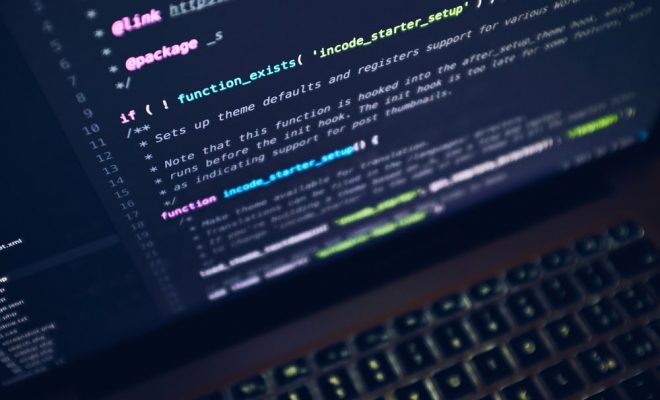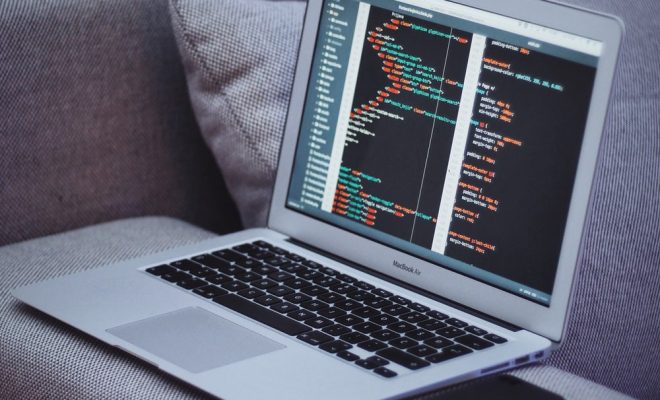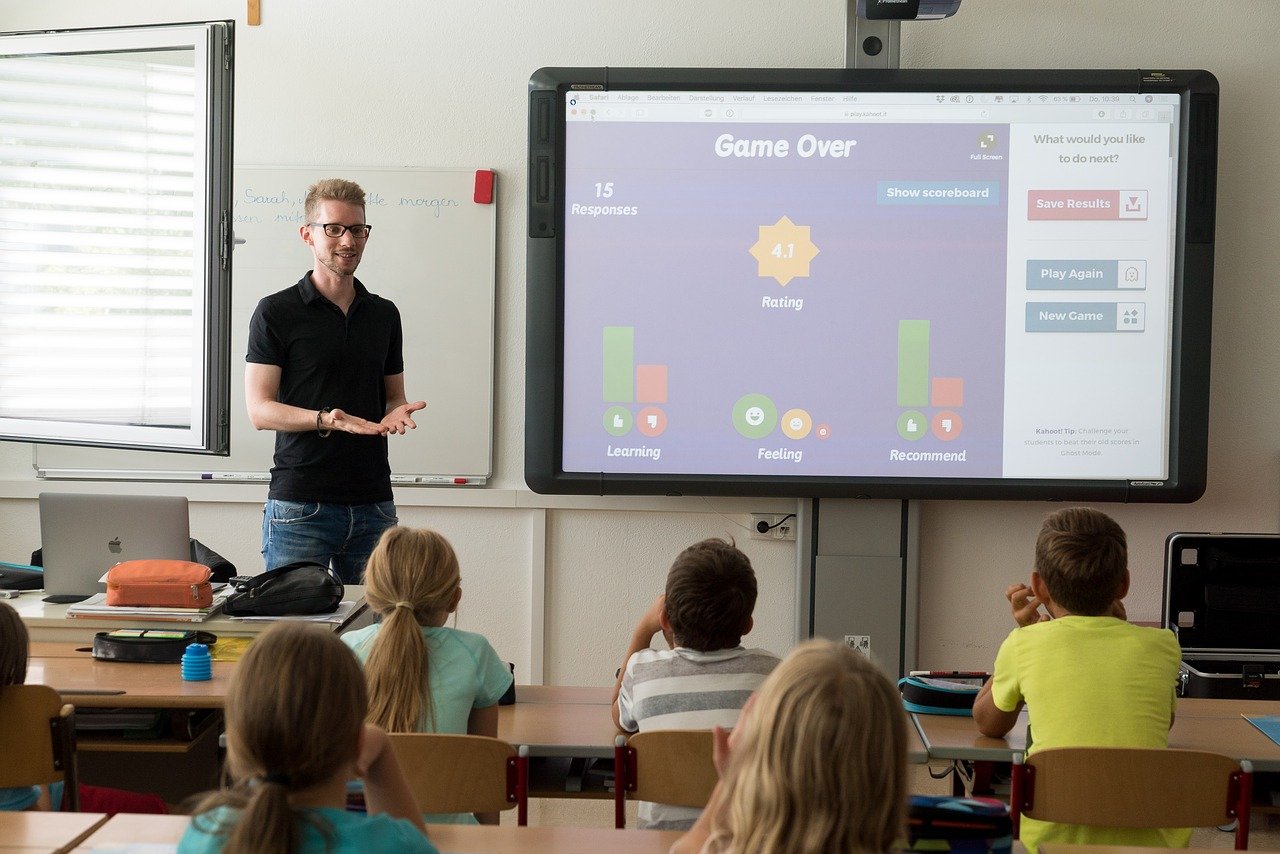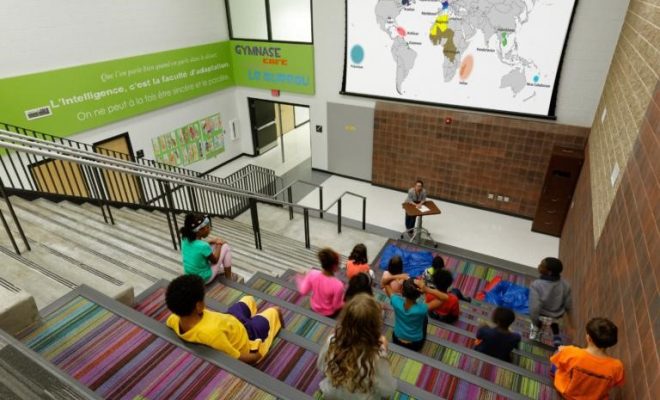When Algorithms Determine Student Placement

Student placement can determine a child’s likelihood of academic success or failure. That’s why so many parents focus on getting their children into the “right” school.
Good schools make a considerable difference in academic outcomes. Families from low-income areas often find themselves in an educational trap. Their neighborhood schools are terrible. Their children deserve an equitable education. As a result, frustrated parents look for schools that can help them break the poverty cycle. They want school choice.
School choice is about finding the best available school for children. Sometimes these choices include transferring to another school within the district. Parents may also look outside the district at charter and magnet schools for their children. In fact, more than five million students have discovered that local charter or magnet schools provide excellent academic opportunities.
Parents seeking a better education for their kids want school choice, but what happens when every learner is eager to attend the same high-quality school? In many districts, students apply for a seat at their chosen campus. They fill out a common application and wait for a decision.
Who chooses which students will be accepted and which will be left behind?
Administrators sift through applications to select candidates fairly and without bias. It may be impossible to enroll every student in the first school of his or her choice. it can be equally difficult to identify the best applicants with objectivity.
As a result, some schools and districts have turned to algorithmic decision-making for selecting students. Specially written formulas determine student placement. Equations decide who gets a seat in a top school.
Complete objectivity as a goal
It’s exciting to think about how algorithms can personalize learning. It’s even more exciting to consider the implications for using algorithms in determining school choice.
Algorithms search applications for matching keywords. Then they select the candidate best suited for the school’s instructional program. Additionally, an algorithm can help to balance numbers between gender, race, ethnicity, and need. Hopefully, obtaining a seat at a premiere school becomes an exercise in objectivity.
There is, however, a dark side to relying exclusively on algorithms for student placement. Algorithms harbor bias, and that bias may prevent students from being accepted at their first- or second-choice schools.
A caution about relying exclusively on student placement algorithms
If the schools in your desired attendance area use algorithms for student placement, ask for “algorithm transparency,” a term developed by Loyola University professor Charles Tocci. He recommends asking:
- How does the algorithm work?.
- What factors are considered?
- How accurate are the results?
You need to know the answers to these questions because some algorithms identify at-risk students according to race, native language, and behavior. The algorithm makes a decision based on data, but that data may stereotype your child.
The school of your choice might deny your child enrollment based on predictive stereotyping.
While student placement algorithms can help to determine school choice, we cannot rely on them exclusively for our decision-making. Educators and parents must work together to arrive at viable options that best serve the interest of the children involved.
Algorithms operate from a series of sequential steps. People, on the other hand, figure out solutions in context. We should consider the algorithms as a suggestion, but take action based on human insight.
For transparent student placement, we must rely on both algorithms and human insight. Only then will school choice be truly equitable.





